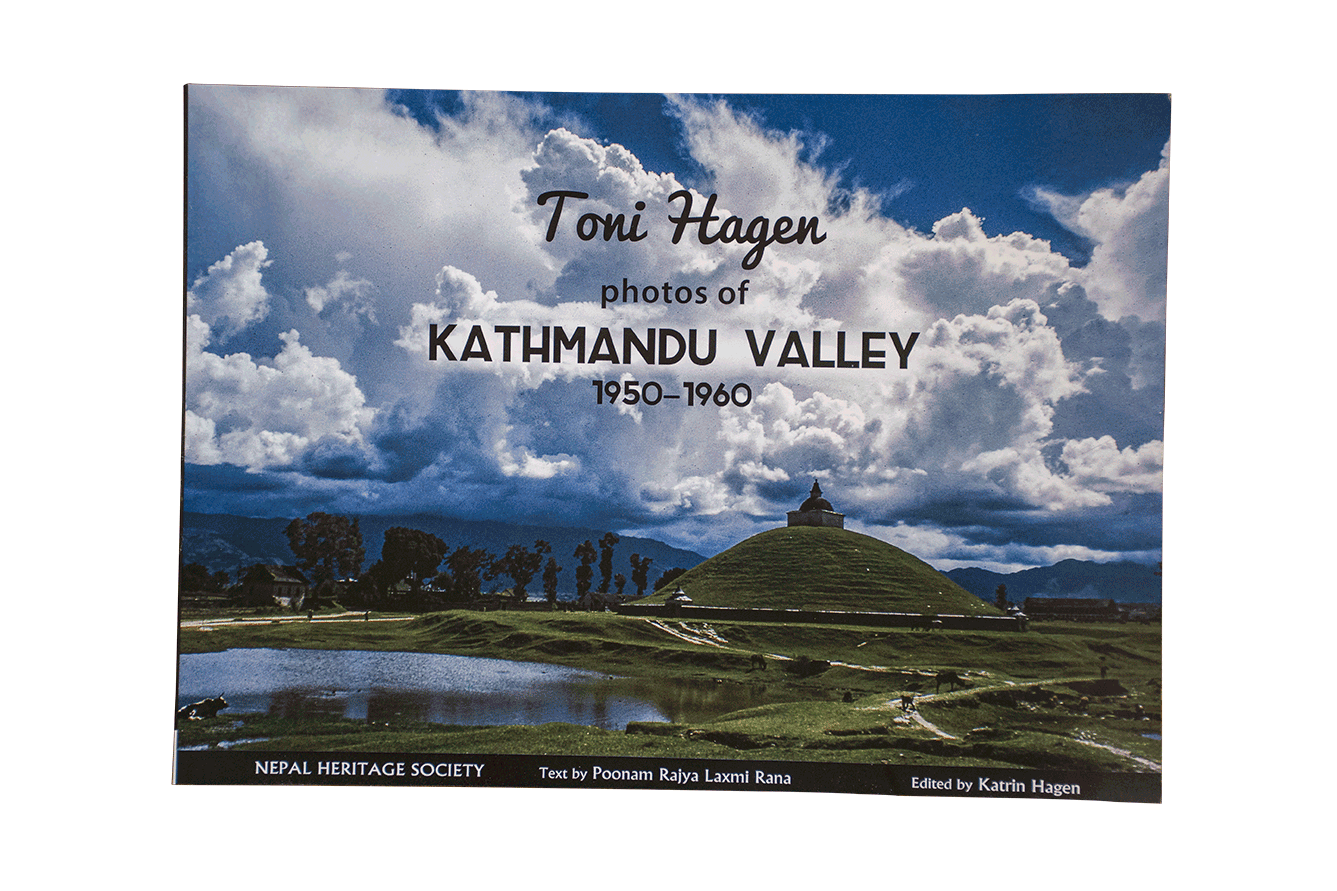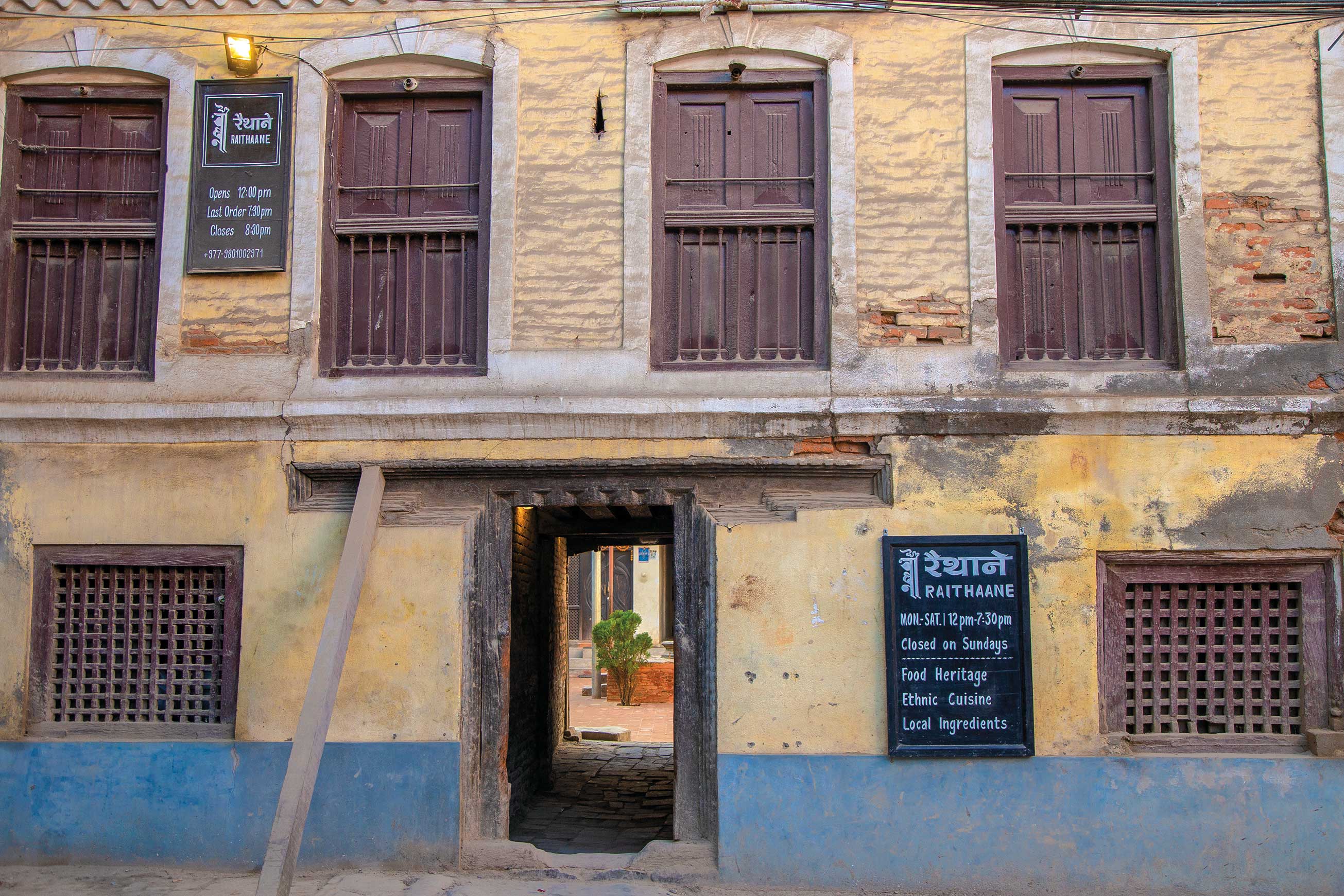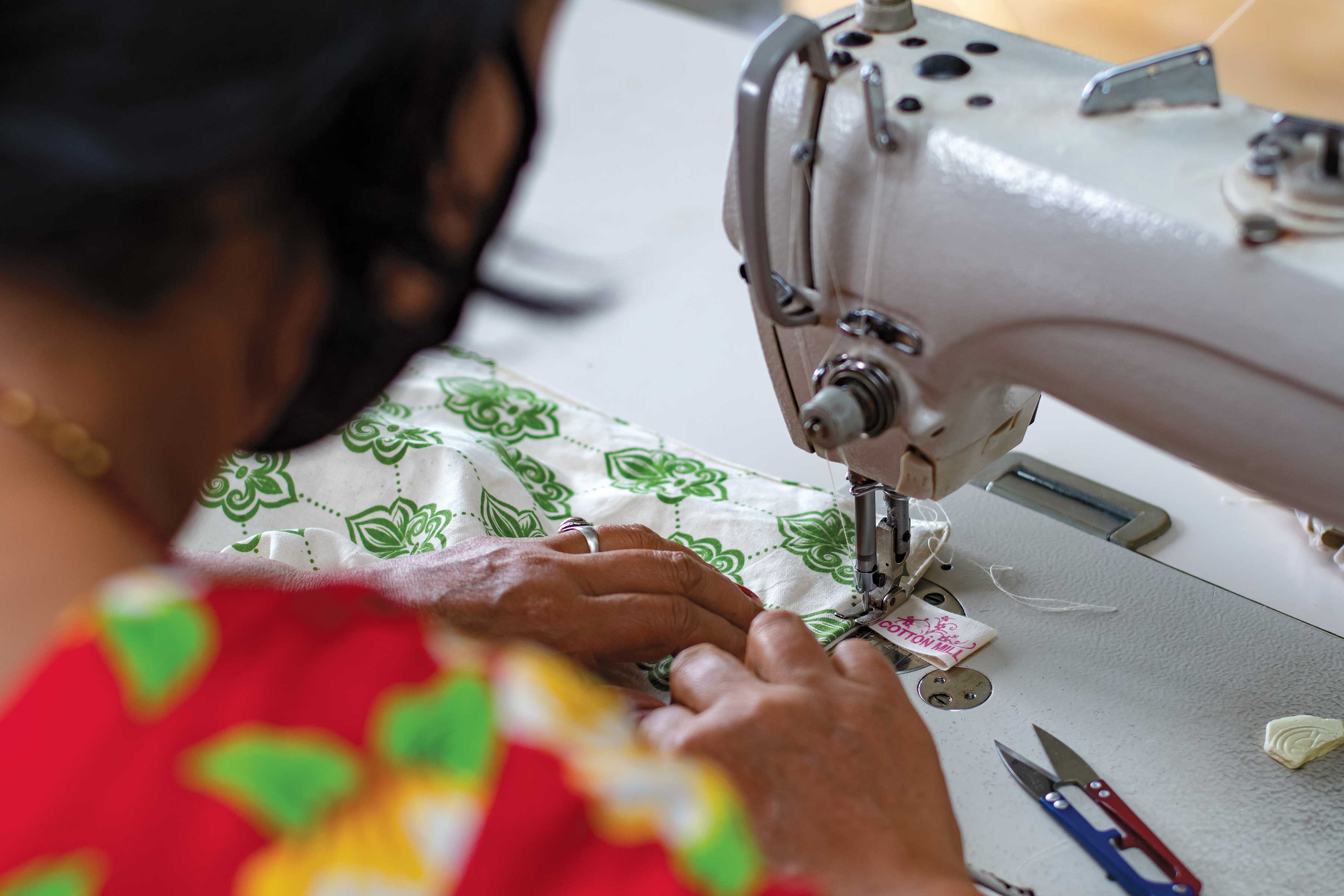 We don’t build monuments anymore. For one thing, it costs a fortune and who has the time anyway? Whatever large constructions come up these days, they are more like concrete boxes with little consideration to architectural concepts. But we already have some fine works of architecture around the valley of which most were built in the 18th and 19th centuries. However, if we cannot build our own, we should at least preserve what was built by our predecessors hundreds of years ago. This is precisely the point that UNESCO is trying to drive home. Where does one start? With the younger generation, seems to be the logical answer. A fine collection of seven books on each of the seven World Heritage Sites of Kathmandu has been published. But these books are meant for one and all. They are highly informative and could be included in school curriculums and are a must for libraries.
We don’t build monuments anymore. For one thing, it costs a fortune and who has the time anyway? Whatever large constructions come up these days, they are more like concrete boxes with little consideration to architectural concepts. But we already have some fine works of architecture around the valley of which most were built in the 18th and 19th centuries. However, if we cannot build our own, we should at least preserve what was built by our predecessors hundreds of years ago. This is precisely the point that UNESCO is trying to drive home. Where does one start? With the younger generation, seems to be the logical answer. A fine collection of seven books on each of the seven World Heritage Sites of Kathmandu has been published. But these books are meant for one and all. They are highly informative and could be included in school curriculums and are a must for libraries.
For those not yet familiar with the seven heritage sites, they are: The three Durbar Squares of Kathmandu, Patan and Bhaktapur, the Pashupatinath temple, Boudhanath, Swoyambhunath and Changu Narayan. Each of the seven books is rich in content; outlining the relevant history, description of places, their significance, religious aspects and even includes a list of rulers in chronological order. Full of beautiful photographs to go with the text, the articles also feature the culture and lifestyle of valley residents that include pottery, textile making, woodcarving, stone carving, metalcraft, thangka painting, festivals and related legends, etc.
When reflecting on the seven wonders of the valley, it makes one wonder why it is so difficult to preserve such architectural treasures. There was a time when traffic was restricted around the Basantapur area, but today it flows unchecked, polluting the area and the air around the monuments. The vibrations they generate can weaken the old structures, which were built before the introduction of motor transport. A major drawback is the fact that Nepali people do not value such monuments. For us, the monuments have always been there. This is where UNESCO comes in and the seven books come in handy to generate awareness. Once people are aware of their value and know how much damage is being done, they may take interest. In 2003, all the sites except the Bhaktapur Durbar Square were considered under high threat from uncontrolled urbanization. But eventually, all were put on the list of ‘World Heritage Sites in Danger’. Boudhanath has been threatened by encroachment while the Kathmandu and Patan Durbar Squares face heavy vehicular emissions. Four years have passed since the sites were put on the ‘in Danger’ list, but there are no signs of improvement, as Basantapur is fast becoming a site for illegal eateries and fast bikes.
Education is the only hope for the future of these precious monuments. People need to be told how important these old architectural works are for our culture, our history and for tourism. What better way than through books and visuals? A DVD has also been prepared by the joint efforts of UNESCO and Kathmandu 2020. These efforts will go a long way in bringing awareness among valley residents and it is hoped that in the long run, the heritage sites will find a place in their hearts. It’s the only way to save our heritage.
For details: 5554396/769
Email: kathmandu@unesco.org
Website:www.unesco.org/kathmandu

Massage Away your Stress
A Five Thousand-Year-old Ayurvedic massage helps you de-stress from your hectic life. Life brings in a lot...








